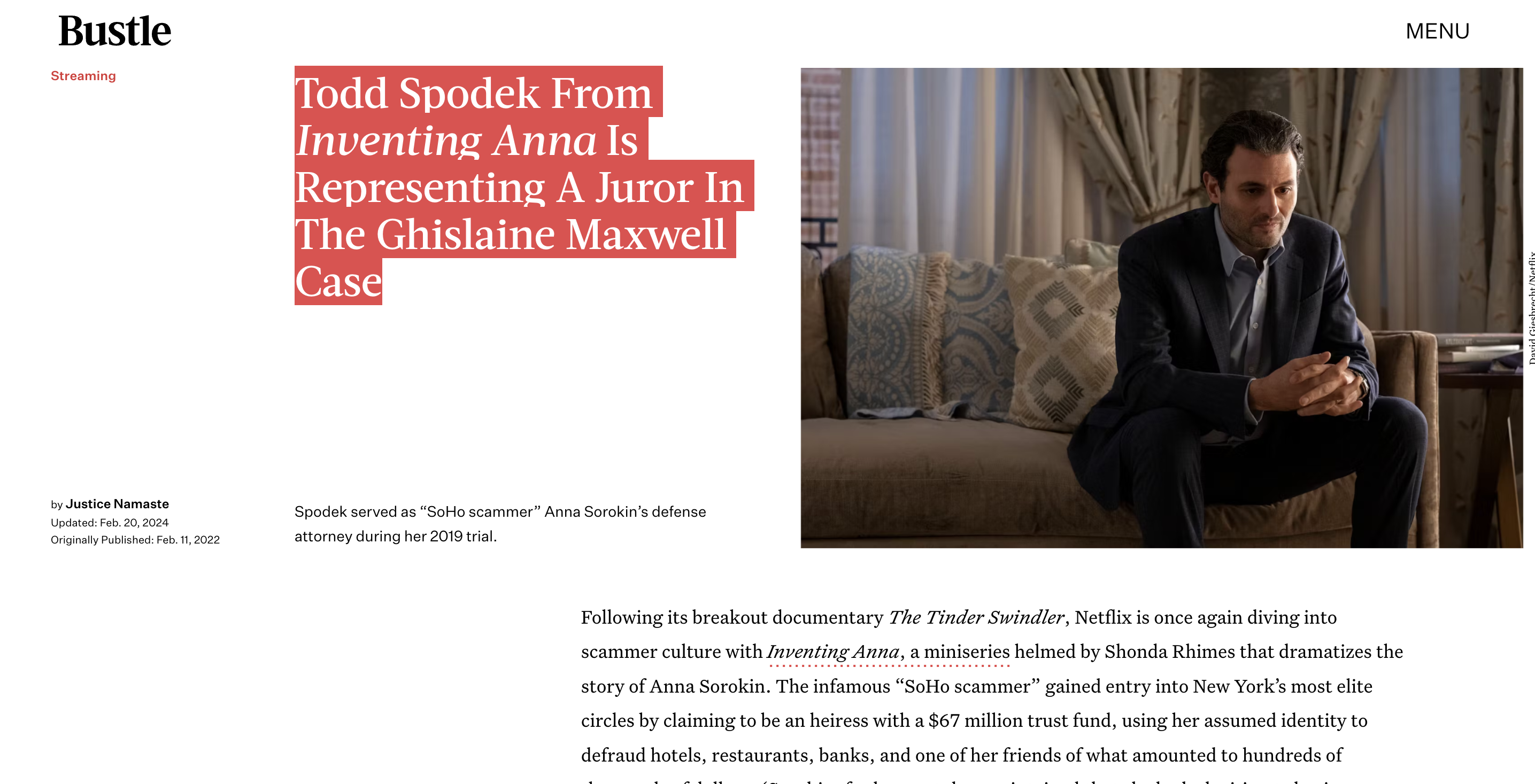Indiana Federal Sentencing Guidelines
Contents
- 1 Understanding Indiana Federal Sentencing Guidelines
- 2 The Basics of Federal Sentencing Guidelines
- 3 Sentencing Table Breakdown
- 4 Departures and Variances
- 5 Putting It All Together
- 6 Frequently Asked Questions
- 7 Are the guidelines mandatory?
- 8 What’s the difference between a departure and a variance?
- 9 Can I get probation for a federal offense?
- 10 What happens if I plead guilty?
- 11 How much prison time am I facing?
- 12 Can I get a sentence reduction later?
- 13 Do I have to serve the whole sentence?
- 14 Real-Life Examples
- 15 Case 1: United States v. Smith
- 16 Case 2: United States v. Jones
- 17 Case 3: United States v. Johnson
- 18 The Role of Your Attorney
Understanding Indiana Federal Sentencing Guidelines
The Basics of Federal Sentencing Guidelines
The Federal Sentencing Guidelines were created in 1987 to provide a more uniform sentencing policy for defendants convicted of federal crimes. The goal was to make sentences more proportional to the seriousness of the offense and the offender’s criminal history.8 Here’s the gist of how the guidelines work:
- Each federal crime is assigned a base offense level, which is a starting point for determining the seriousness of that particular offense.12 More serious crimes have higher base offense levels.
- The base offense level can then be increased or decreased based on specific offense characteristics. For example, the amount of loss in a fraud case or use of a gun in a robbery can bump up the offense level.12
- After factoring in any adjustments for things like the offender’s role and obstruction of justice, you arrive at the total offense level.12
- The offender is also assigned to one of six criminal history categories (I-VI) based on the extent and recency of their prior convictions, with I being the least serious and VI being the most serious.12
- The total offense level and criminal history category are then plugged into the sentencing table to determine the recommended sentencing range, stated in months of imprisonment.12
So in a nutshell, the guidelines provide a formula to calculate a sentence based on the offense committed and the offender’s prior record. The more serious the offense and the longer the criminal history, the stiffer the recommended sentence.
Sentencing Table Breakdown

Let’s take a closer look at the sentencing table to see how this plays out in practice. Along the top, you’ll see the six criminal history categories. Down the left side are the 43 offense levels. The number in each cell is the recommended sentence in months. For example, let’s say a defendant’s offense level is 23 and they fall into Criminal History Category I. Looking at the table, the recommended sentence would be 46-57 months (just shy of 4-5 years). But if that same defendant had a more extensive record putting them in Category VI, the guidelines would recommend 92-115 months (around 8-10 years) for the same offense conduct.12The table also has four “zones” (A-D) that determine eligibility for probation and other alternative sentences:
- Zone A (offense levels 1-8): Probation available, with 0-6 months imprisonment possible
- Zone B (levels 9-11): Probation with conditions of confinement like home detention or a halfway house
- Zone C (levels 12-13): At least half the minimum sentence must be served in prison
- Zone D (levels 14+): Prison only, no probation1213
So as you can see, the lower the offense level, the more flexibility a judge has to impose a sentence below the guideline range. But once you’re in Zone D, it’s prison time.
Departures and Variances
An important thing to understand is that the sentencing guidelines are advisory, not mandatory. This means a judge must consider the guidelines but is not bound by them.12 In calculating a sentence, the court can depart upward or downward from the guideline range if certain aggravating or mitigating factors are present.12 Some common reasons for a downward departure include:
- Substantial assistance to authorities (i.e. cooperating with the government)17
- Coercion and duress
- Diminished capacity
- Voluntary disclosure of the offense13
On the flip side, grounds for an upward departure could be:
- Extreme conduct (heinous, cruel, brutal, or degrading behavior)
- Abduction or unlawful restraint
- Extreme psychological injury to the victim13
If an aggravating or mitigating circumstance is not adequately taken into account by the guidelines, the judge can also vary above or below the recommended range in accordance with the statutory sentencing factors in 18 U.S.C. § 3553(a).12 These factors include things like the nature and circumstances of the offense, the history and characteristics of the defendant, the need for the sentence to reflect the seriousness of the offense and provide just punishment, the need to protect the public, and the need to avoid unwarranted sentencing disparities.16 The key is that the judge must explain the reasons for departing or varying from the guidelines.12 And the sentence imposed must be reasonable in light of all the § 3553(a) factors.12
Putting It All Together
Alright, let’s walk through the steps of calculating a guideline sentence from start to finish. We’ll use a hypothetical defendant, John, convicted of bank fraud.
Step 1: Determine the base offense level. The guideline for fraud offenses is found in § 2B1.1. The base offense level is 7.12
Step 2: Apply any specific offense characteristics. The main specific offense characteristic for fraud crimes is the amount of loss. Let’s say John’s scheme resulted in a loss of $250,000. Looking at the loss table in § 2B1.1(b)(1), that amount adds 12 levels. The offense level is now 19 (7 + 12).
Step 3: Apply any adjustments from Chapter 3 of the guidelines. Suppose John used sophisticated means to commit the fraud, like using fictitious entities and offshore accounts to conceal the offense. That’s a 2-level enhancement under § 2B1.1(b)(10)(C). The offense level is now 21 (19 + 2).
Step 4: Determine the criminal history category. John has two prior convictions, each resulting in sentences of 4 months. Per the rules in Chapter 4, each conviction is worth 2 criminal history points, for a total of 4 points. That puts John in Criminal History Category III.1213
Step 5: Determine the guideline range using the sentencing table. With an offense level of 21 and a Criminal History Category of III, the guideline range for John would be 46-57 months.12
Step 6: Consider any grounds for departure or variance. Let’s say John cooperated with the government and provided substantial assistance in prosecuting his co-conspirators. The government could file a motion for a downward departure under § 5K1.1. If granted, that would allow the judge to sentence below the 46-month guideline minimum. The judge would also consider the § 3553(a) factors in determining whether to vary from the guideline range. Suppose John is a first-time offender with a history of charitable works and has shown genuine remorse. The judge may find that a sentence below the guidelines is sufficient to achieve the purposes of sentencing. So there you have it – a crash course in federal sentencing! Of course, this just scratches the surface. An experienced federal criminal defense attorney can help you navigate the complexities of the guidelines and advocate for the best possible outcome in your case.
Frequently Asked Questions
Still have questions about how the federal sentencing guidelines work in Indiana? Here are answers to some common queries.
Are the guidelines mandatory?
No, the guidelines have been advisory since the Supreme Court’s decision in United States v. Booker in 2005.12 This means judges must consider the guidelines but are not required to follow them. A judge can impose a sentence above or below the guideline range if they find that the other statutory sentencing factors warrant it.
What’s the difference between a departure and a variance?
A departure is a sentence outside the guideline range based on a specific guideline provision, like substantial assistance to authorities (§ 5K1.1) or coercion and duress (§ 5K2.12). A variance is a non-guidelines sentence based on the general sentencing factors in 18 U.S.C. § 3553(a).16
Can I get probation for a federal offense?
It depends on the offense level. Generally, straight probation is only available if the offense level falls within Zone A of the sentencing table (levels 1-8). In Zone B (levels 9-11), probation is possible but must include conditions of confinement like home detention or community confinement. In Zones C and D (levels 12+), at least half the minimum guideline sentence must be served in prison.1213
What happens if I plead guilty?
Defendants who plead guilty and accept responsibility for their offense can receive a 2 or 3-level reduction in their offense level under § 3E1.1.12 This can make a significant difference in the guideline range. Of course, pleading guilty is a big decision that should be carefully discussed with your attorney.
How much prison time am I facing?
The amount of prison time recommended by the guidelines depends on the total offense level and the criminal history category, as reflected in the sentencing table. The statutory maximum sentence for the offense of conviction sets the upper limit. For example, wire fraud has a 20-year statutory maximum.12 So even if the guideline range exceeds 20 years based on the offense level and criminal history, the sentence cannot exceed 20 years unless there are aggravating factors that increase the statutory maximum.
Can I get a sentence reduction later?
In some cases, yes. If you provide substantial assistance after sentencing, the government can file a Rule 35(b) motion asking the court to reduce your sentence.17 You may also be eligible for a sentence reduction if the guidelines are later amended and made retroactive, or if you successfully complete the Residential Drug Abuse Program (RDAP) in prison.16
Do I have to serve the whole sentence?
Most federal prisoners can earn up to 54 days of good conduct time credit per year, which can reduce the actual time served by about 15%.16 So if you’re sentenced to 120 months, you could be released after serving about 102 months with full good time credit.Keep in mind that good time credit is not guaranteed and can be forfeited for misconduct in prison. And some offenses, like those involving guns and large quantities of drugs, carry mandatory minimum sentences that must be served in full.16
Real-Life Examples
To give you a better idea of how the guidelines play out in practice, let’s look at a few real cases from the Northern and Southern Districts of Indiana.
Case 1: United States v. Smith
John Smith was convicted of possession with intent to distribute 500 grams of methamphetamine.3 His base offense level was 30 based on the drug quantity. He received a 2-level enhancement for maintaining a premises for manufacturing drugs and a 3-level reduction for acceptance of responsibility, resulting in a total offense level of 29.Smith had several prior drug convictions, placing him in Criminal History Category IV. The guideline range was 121-151 months. However, the statutory mandatory minimum sentence for the offense was 10 years (120 months), so the effective guideline range became 120-121 months. The court sentenced Smith to 120 months, the lowest possible sentence.3
Case 2: United States v. Jones
Jane Jones pleaded guilty to wire fraud for embezzling $500,000 from her employer over several years.3 The base offense level for fraud is 7, but Jones received a 14-level increase for the loss amount, a 2-level increase for abuse of a position of trust, and a 3-level reduction for acceptance of responsibility, for a total offense level of 20.Jones had no prior convictions, so she was in Criminal History Category I. The guideline range was 33-41 months. However, the judge varied downward and sentenced Jones to 24 months, citing her otherwise law-abiding life, genuine remorse, and efforts to pay restitution.3
Case 3: United States v. Johnson
Robert Johnson was convicted of being a felon in possession of a firearm.3 The base offense level was 20 because the defendant committed the offense after sustaining a felony conviction for a crime of violence. Johnson also received a 4-level enhancement because the gun was stolen and had an obliterated serial number. With a 3-level reduction for acceptance of responsibility, the total offense level was 21.Johnson had an extensive criminal record, including prior convictions for robbery, assault, and drug trafficking. He fell into Criminal History Category V, resulting in a guideline range of 70-87 months. The judge sentenced him to 84 months, in the middle of the range, noting the seriousness of the offense and the defendant’s long and violent criminal history.3 As you can see, the guidelines provide a starting point, but the specific facts of the case and the individual characteristics of the defendant can lead to very different sentences, even for the same offense.
The Role of Your Attorney
If you’re facing federal charges in Indiana, having an experienced criminal defense attorney in your corner is crucial. Your lawyer can:
- Investigate the case and identify any weaknesses in the prosecution’s evidence
- Negotiate with the prosecutor for a favorable plea deal
- Object to any incorrect guideline calculations or enhancements in the presentence report
- Argue for a downward departure or variance at sentencing
- Advise you on the risks and benefits of going to trial vs. pleading guilty
- Advocate for the lowest possible sentence based on the unique facts of your case
Remember, the guidelines are just one factor the judge must consider. A skilled attorney can paint a full picture of who you are as a person and why you deserve leniency, beyond just the offense level and criminal history score.









